Across America’s vast agricultural landscapes, an intricate relationship exists between farmers and the reptiles that inhabit their lands. This relationship spans from beneficial partnerships to challenging conflicts, creating a complex dynamic that varies by region, farming practice, and reptile species. While some farmers view certain reptiles as natural pest controllers that help protect crops, others see them as potential threats to livestock or personal safety. Understanding these interactions has become increasingly important as agricultural practices evolve and conservation concerns grow. This article explores the multifaceted relationship between American farmers and reptiles, highlighting both traditional knowledge and emerging research that shapes these interactions in different farming communities throughout the United States.
The Historical Perspective: Farmers and Reptiles in Early American Agriculture

Early American farmers often held mixed views about reptiles, with folklore and superstition heavily influencing their perceptions. Snake handlers and reptile experts were uncommon in rural communities, leading to misunderstandings about which species posed genuine threats. In the southeastern states, farmers frequently encountered various snakes while working their fields, developing informal identification skills passed down through generations. Some agricultural communities recognized the value of certain snakes in controlling rodent populations that threatened stored grain and crops. Historical agricultural journals from the 19th century occasionally mention the practice of relocating rat snakes to barns as a natural form of pest management, showing an early understanding of beneficial reptiles.
Beneficial Reptiles: Nature’s Pest Controllers

Many reptiles serve as natural allies to farmers by controlling agricultural pests that damage crops and reduce yields. Rat snakes, king snakes, and racers consume significant numbers of rodents that would otherwise feast on grain stores and developing crops. Farmers in California’s Central Valley have documented reduced crop damage in areas where gopher snakes maintain healthy populations, as these reptiles excel at controlling destructive pocket gophers. Some lizard species, particularly fence lizards and skinks, consume large quantities of insects that might otherwise damage vegetable crops. Studies from Texas agricultural extensions have estimated that a single resident snake can eliminate hundreds of rodents annually from a farming operation, providing economic benefits that outweigh potential concerns.
Regional Variations in Farmer-Reptile Relationships

The relationship between farmers and reptiles varies dramatically across different U.S. regions, shaped by local species diversity and agricultural practices. In the Southwest, farmers often develop strategies to coexist with rattlesnakes while recognizing their role in controlling desert rodent populations. Southeastern farmers encounter a greater diversity of snake species, including many non-venomous varieties that provide pest control benefits in humid, productive farmland. Northern states with shorter growing seasons tend to have fewer reptile-farmer interactions, though some operations still benefit from garter snakes and other cold-tolerant species. Island agricultural systems, like those in Hawaii, face unique challenges with introduced reptile species that can become agricultural pests themselves, creating a completely different dynamic than mainland farming operations.
Venomous Species: Managing Risk in Agricultural Settings
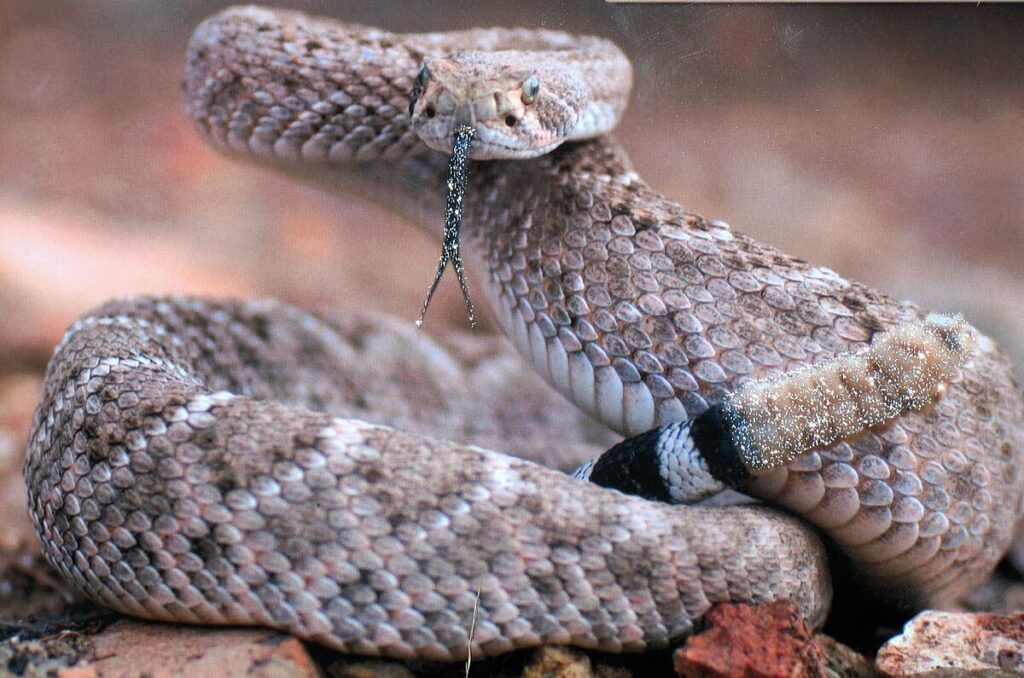
Farmers working in regions with venomous reptiles must balance appreciation for beneficial ecological roles with practical safety concerns. Rattlesnake encounters in western states represent a legitimate occupational hazard for agricultural workers, particularly during manual harvesting operations. Many farming communities have developed specific protocols for safely removing and relocating venomous species when found near high-traffic work areas. Education efforts by agricultural extension offices have helped reduce negative encounters by teaching identification skills and appropriate responses to venomous reptile sightings. Some forward-thinking agricultural operations have integrated habitat modification techniques that discourage venomous species from frequenting work areas while still maintaining beneficial snake populations in field margins and less-trafficked zones.
Reptiles as Livestock Threats: Perception versus Reality

Concerns about reptiles threatening livestock represent a significant source of farmer-reptile conflict, though the actual risk varies considerably by species. Large constrictors like the introduced Burmese python in Florida can indeed prey on smaller livestock, creating legitimate concerns for farmers in affected regions. However, most native North American snakes pose little threat to commercially raised animals beyond occasionally consuming eggs or very young poultry. Farmers in the Southeast sometimes report concerns about rat snakes taking eggs, though many recognize that the rodent control benefits outweigh these occasional losses. Research from university agricultural programs indicates that reptile predation accounts for less than 2% of livestock losses nationwide, far below threats from mammalian predators, disease, and weather events.
Agricultural Practices That Impact Reptile Populations

Modern farming techniques can significantly influence local reptile communities, creating both challenges and opportunities for coexistence. Intensive tillage practices destroy burrows and underground habitat features that many reptiles depend on for shelter and hibernation sites. Broad-spectrum pesticide applications may reduce prey availability for insectivorous lizards and can cause direct toxicity in some reptile species. Conservation tillage and reduced chemical use have been shown to support more diverse reptile communities in agricultural landscapes across multiple studies. Irrigation infrastructure can sometimes create favorable microhabitats for reptiles in arid regions, with canal banks and pond edges serving as movement corridors and providing hunting opportunities.
Habitat Features That Encourage Beneficial Reptiles

Forward-thinking farmers have discovered that specific landscape features can attract and support beneficial reptile populations on their properties. Rock piles, brush rows, and strategic log placements along field margins provide essential basking sites and shelter that reptiles require to thrive in agricultural settings. Some Midwestern farmers maintain unmowed grass strips that serve as travel corridors for snakes moving between woodlots and agricultural fields. Water features with appropriate edge habitat support amphibians that serve as prey for many beneficial reptiles, creating a more complete and functional food web. Research from the University of Florida has demonstrated that farms with diverse habitat features typically support two to three times more beneficial reptile species than monocultural operations lacking these structural elements.
Educational Initiatives: Changing Perceptions Among Agricultural Communities

Agricultural extension services across the country have developed targeted educational programs to improve farmer understanding of reptiles. Workshop series in states like Texas and Georgia provide hands-on identification training to help farmers distinguish between beneficial and potentially dangerous species. Some county-level agricultural offices distribute field guides specifically designed for farmers, featuring reptiles commonly encountered in agricultural settings with practical management recommendations. Youth programs like 4-H have incorporated reptile education modules that help build accurate knowledge and reduce fear-based responses among the next generation of agricultural producers. These educational efforts have measurably reduced unnecessary killing of beneficial snakes on participating farms according to follow-up surveys conducted by extension specialists.
Economic Impact: The Value of Reptiles to Agricultural Operations

Economists and agricultural researchers have begun quantifying the financial benefits that reptiles provide to farming operations. Studies from corn-producing regions suggest that fields with healthy populations of rat snakes and racers experience up to 15% less rodent damage to developing crops and stored grain. Lizard-rich agricultural areas demonstrate reduced insect pest pressure, potentially decreasing the need for chemical controls and their associated costs. Some specialty crop producers have reported reduced need for rodenticide applications in fields where snake populations are intentionally preserved through habitat management. While difficult to precisely calculate, conservative estimates suggest beneficial reptiles provide hundreds of millions of dollars in pest control services to American agriculture annually.
Conservation Challenges: Declining Reptiles in Agricultural Landscapes
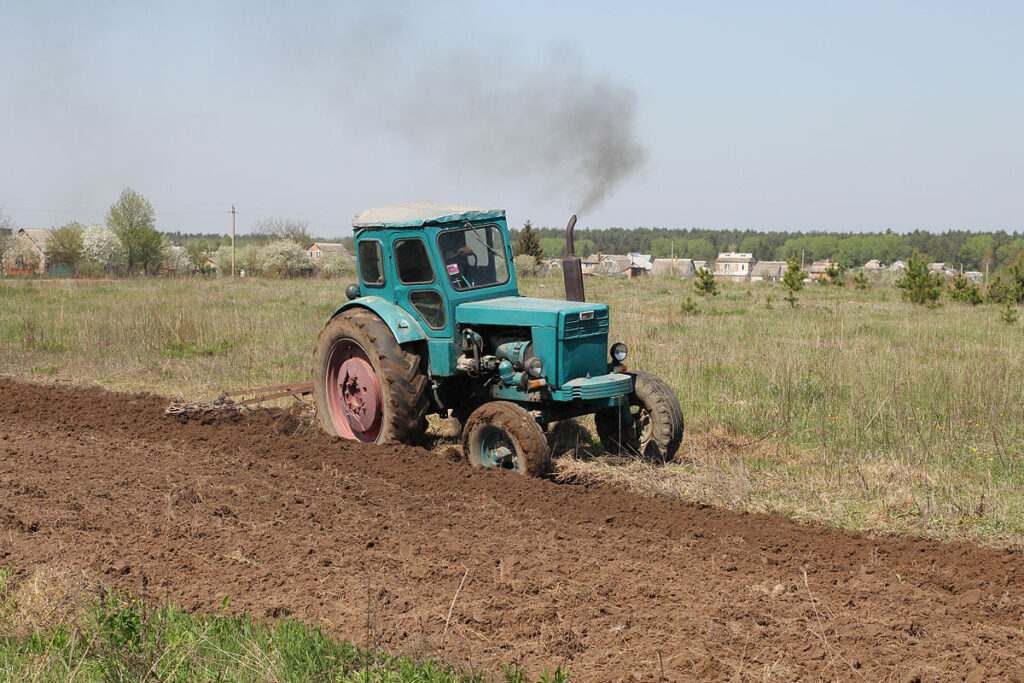
Many reptile species face significant population challenges in intensively farmed regions, raising conservation concerns among wildlife biologists. Road mortality disproportionately affects snakes in agricultural landscapes, with farm equipment and vehicles causing substantial losses during seasonal movements. Habitat fragmentation isolates reptile populations, reducing genetic diversity and making local extinctions more likely following environmental disturbances. Climate change poses additional challenges, particularly for temperature-dependent species whose sex determination and activity patterns may be disrupted by changing conditions. Conservation biologists are increasingly partnering with agricultural stakeholders to develop farming approaches that maintain economic productivity while supporting reptile biodiversity.
Innovations in Farmer-Reptile Coexistence

Innovative approaches are emerging to promote positive relationships between farmers and reptiles across various agricultural systems. Some orchards in California have installed artificial hibernacula – specialized shelters that provide safe overwintering sites for beneficial snakes while keeping them away from high-traffic work areas. Precision agriculture technologies now allow for targeted field operations that can avoid known reptile habitat features identified through mapping efforts. Certain organic certification programs have begun recognizing and incentivizing reptile conservation measures as part of their sustainability criteria. Farmer-to-farmer learning networks focused on wildlife-friendly agriculture have successfully spread practical coexistence strategies through trusted peer relationships rather than top-down regulatory approaches.
Reptiles as Agricultural Tourism Opportunities

Some entrepreneurial farmers have discovered that reptiles can provide supplemental income through agritourism opportunities. Farms in the Southwest have developed guided “herping” tours where visitors can safely observe and learn about native reptiles in agricultural settings. Educational programs for school groups featuring resident farm reptiles have become popular diversification strategies for some small and medium-sized operations. A growing number of farms incorporate reptile conservation messaging into their direct marketing materials, appealing to environmentally conscious consumers. These initiatives transform what might once have been considered agricultural “pests” into valuable farm assets that contribute to financial sustainability through diversified income streams.
The Future of Farmer-Reptile Relationships in American Agriculture

The ongoing evolution of agricultural practices suggests several emerging trends in how farmers and reptiles will interact in coming decades. Precision conservation approaches using remote sensing and GPS technology may allow for more targeted protection of important reptile habitat features within productive agricultural landscapes. Climate-smart farming adaptations could include specific considerations for supporting reptile communities through changing seasonal patterns and weather extremes. Growing consumer interest in wildlife-friendly farming methods may create market incentives for agricultural practices that support reptile diversity. As agricultural and conservation sciences continue advancing, the arbitrary boundaries between farming productivity and reptile conservation are likely to blur, creating more integrated approaches to managing working landscapes.
The relationship between farmers and reptiles across the United States represents a microcosm of broader human-wildlife interactions – complex, regionally variable, and evolving with new knowledge and changing values. While historical misunderstandings and legitimate safety concerns have sometimes created tension, growing ecological awareness has highlighted the valuable services many reptiles provide in agricultural settings. Forward-thinking farmers increasingly recognize that healthy reptile populations contribute to sustainable agricultural systems through natural pest control and as indicators of overall ecosystem health. As agricultural practices continue to evolve, there are promising opportunities to develop farming approaches that support both productive agriculture and diverse reptile communities. Through education, innovation, and respectful coexistence, farmers and reptiles can maintain mutually beneficial relationships across America’s working landscapes.

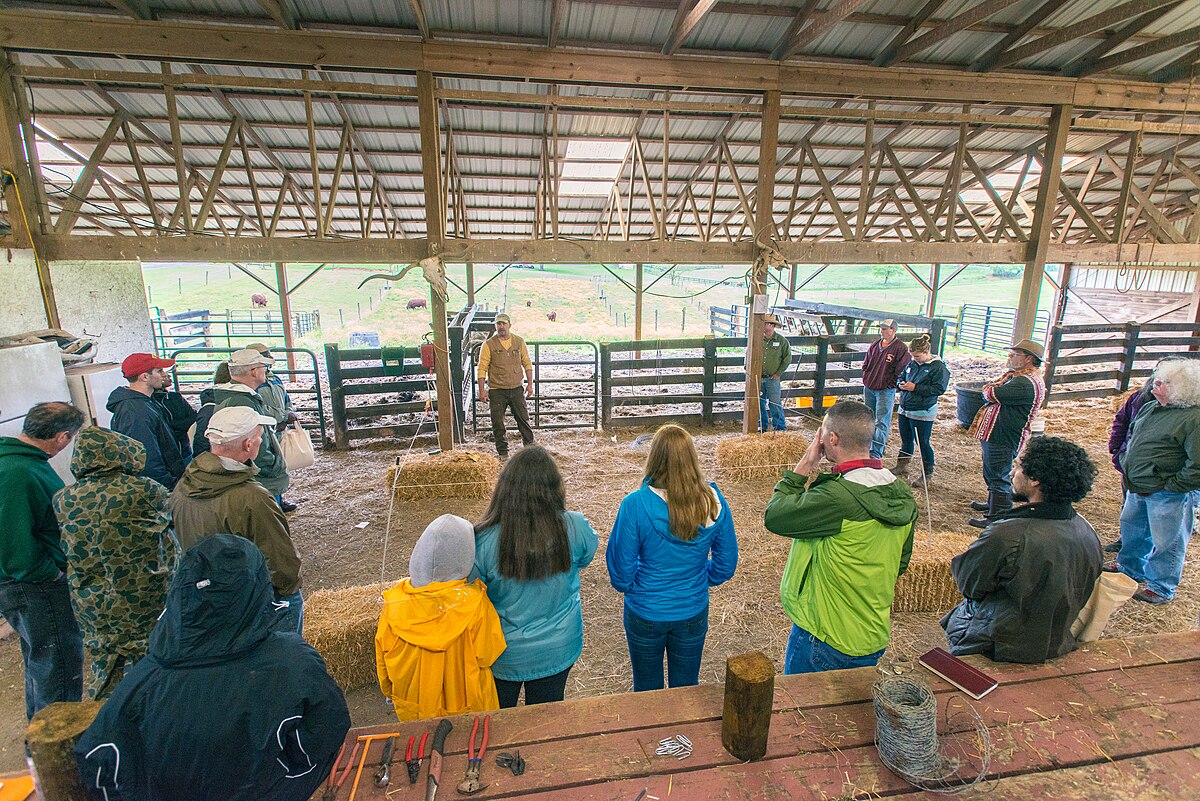
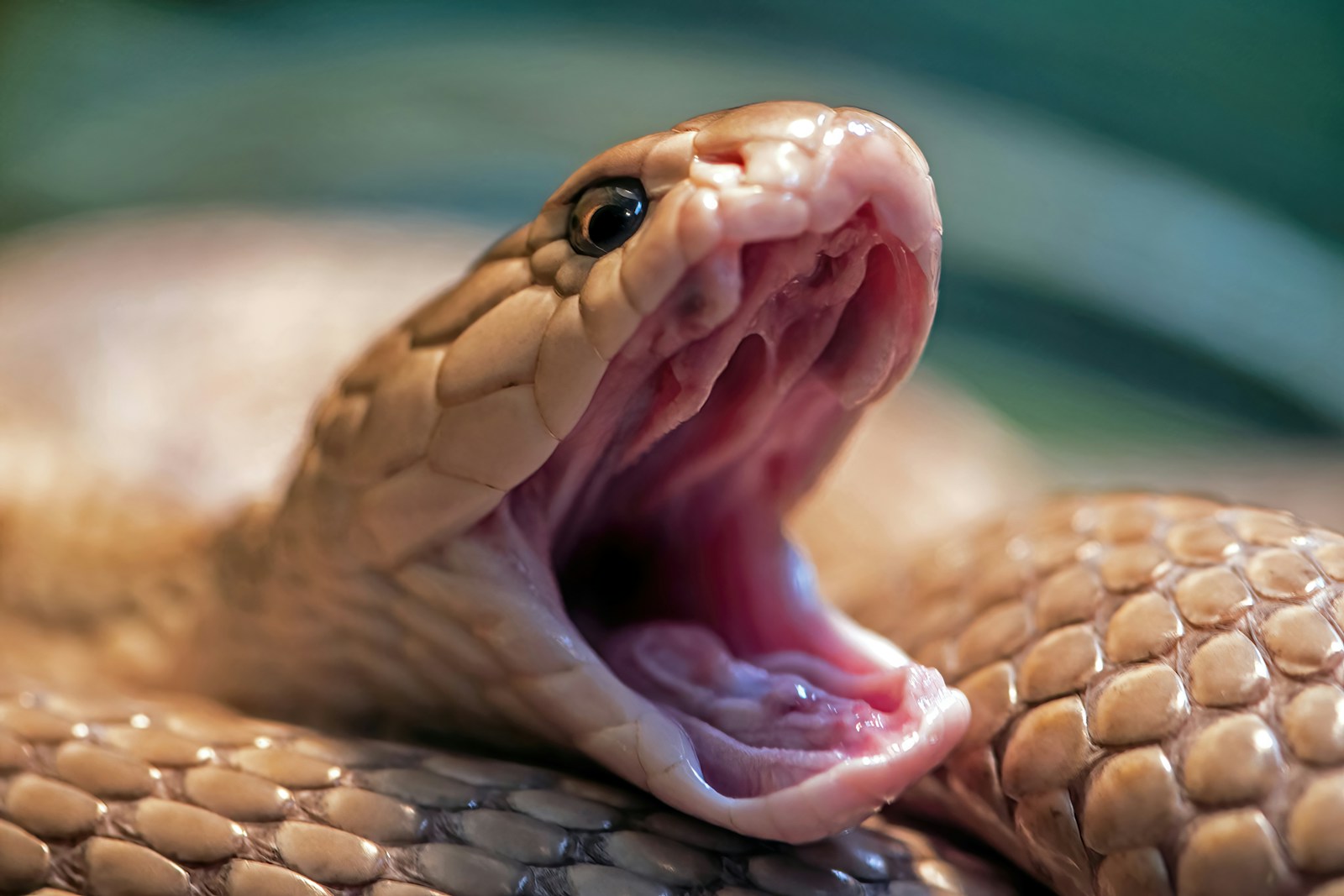
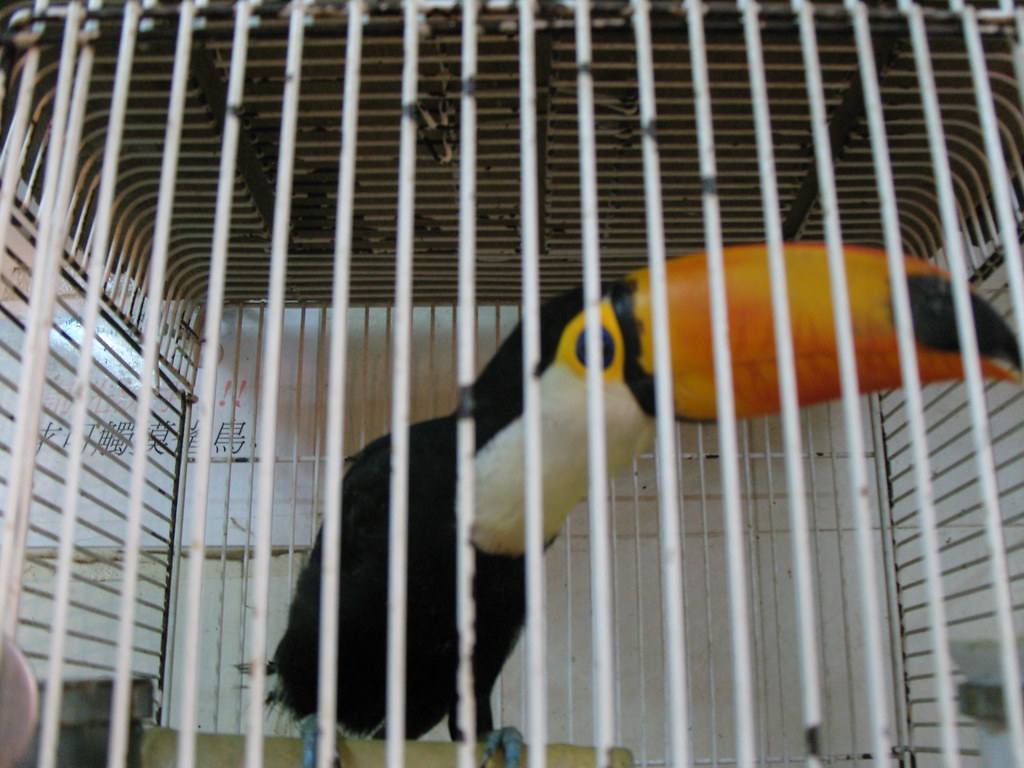
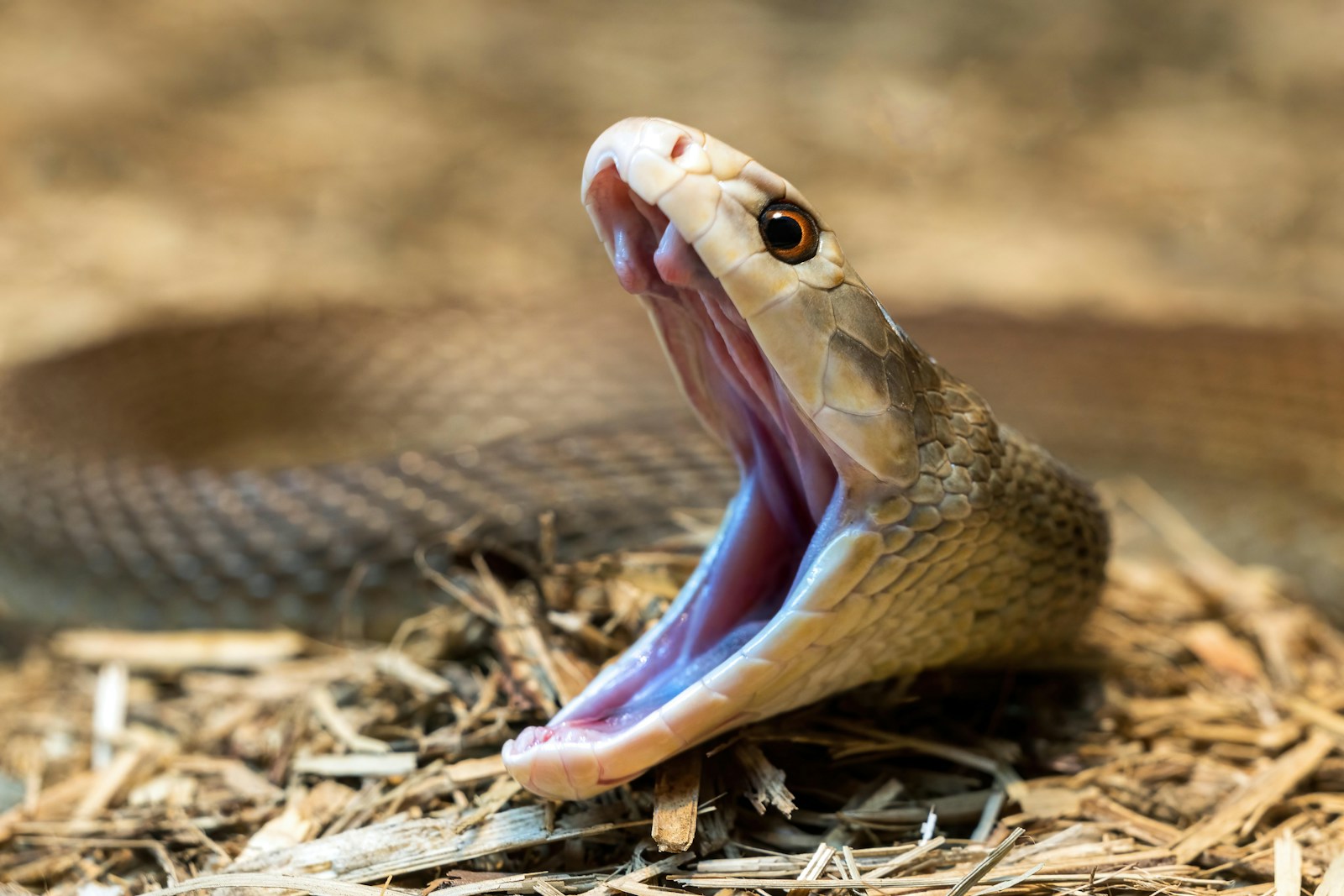
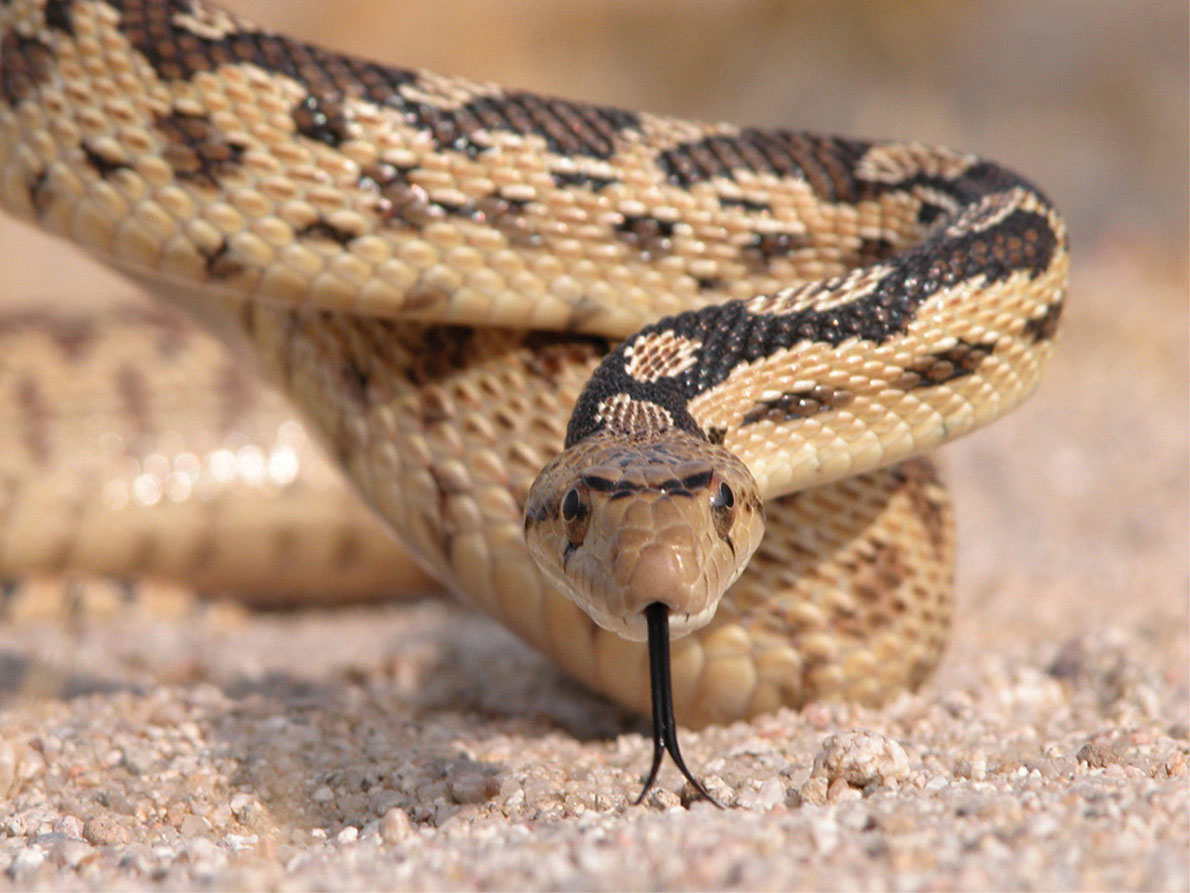
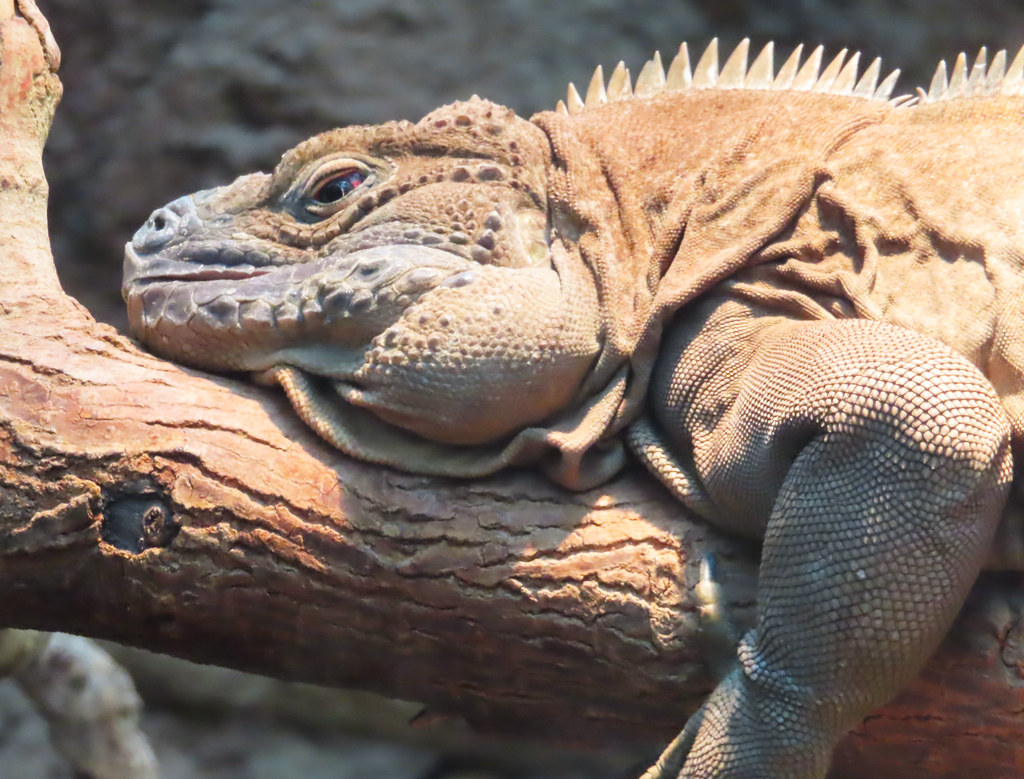









Leave a Reply